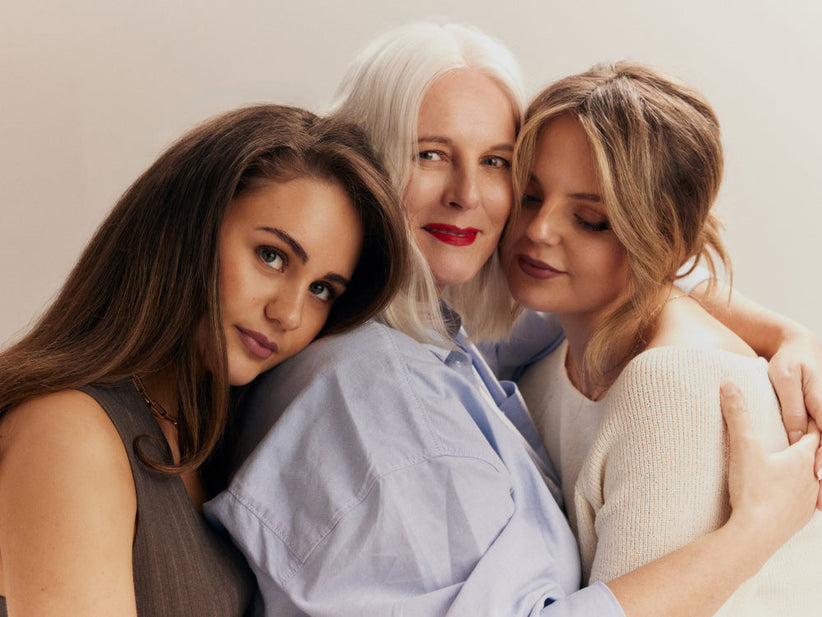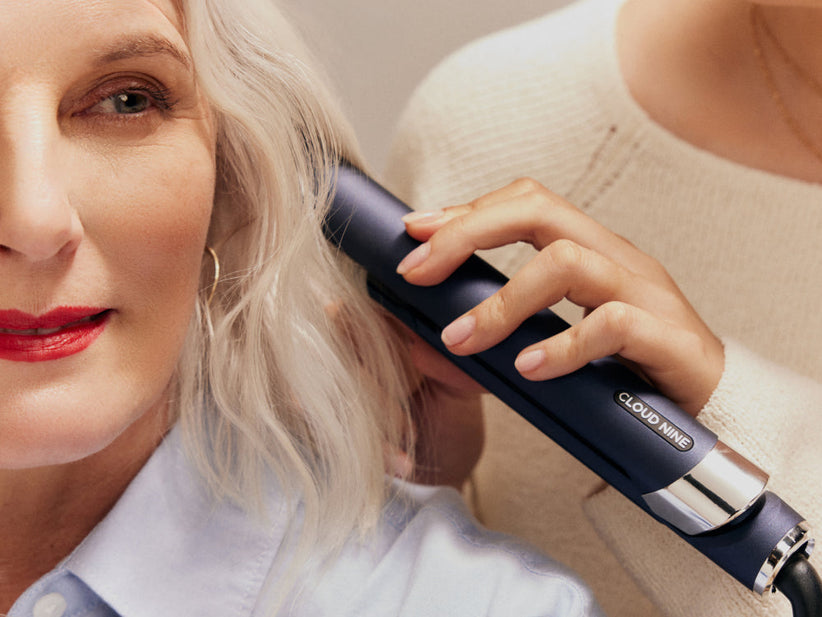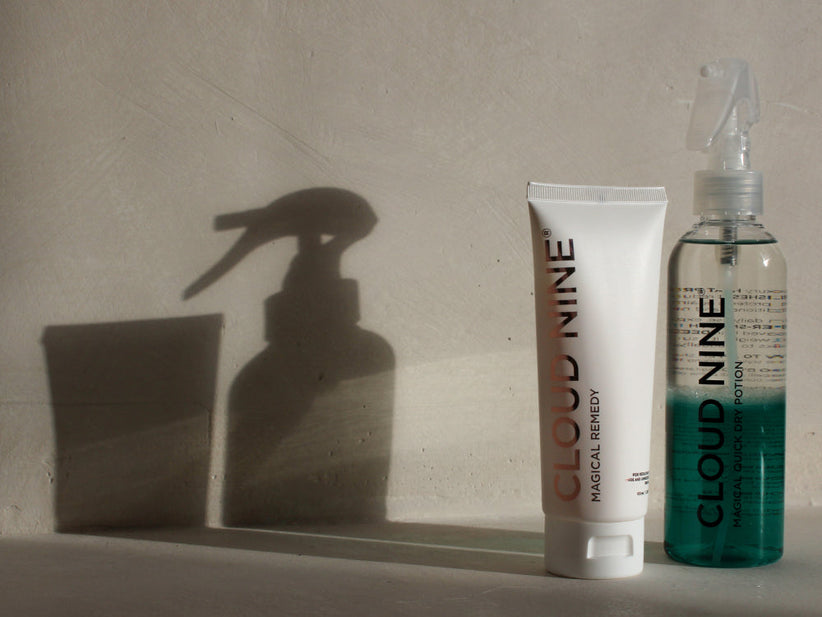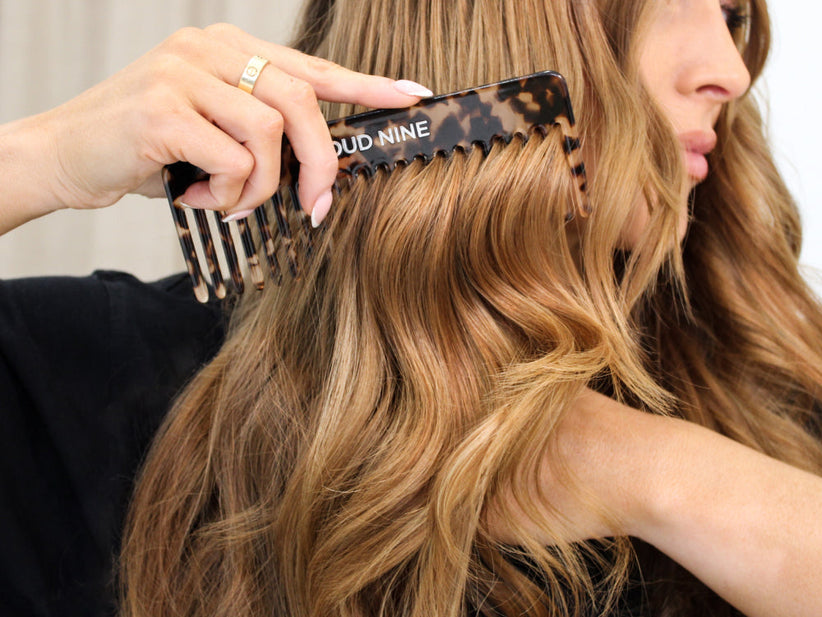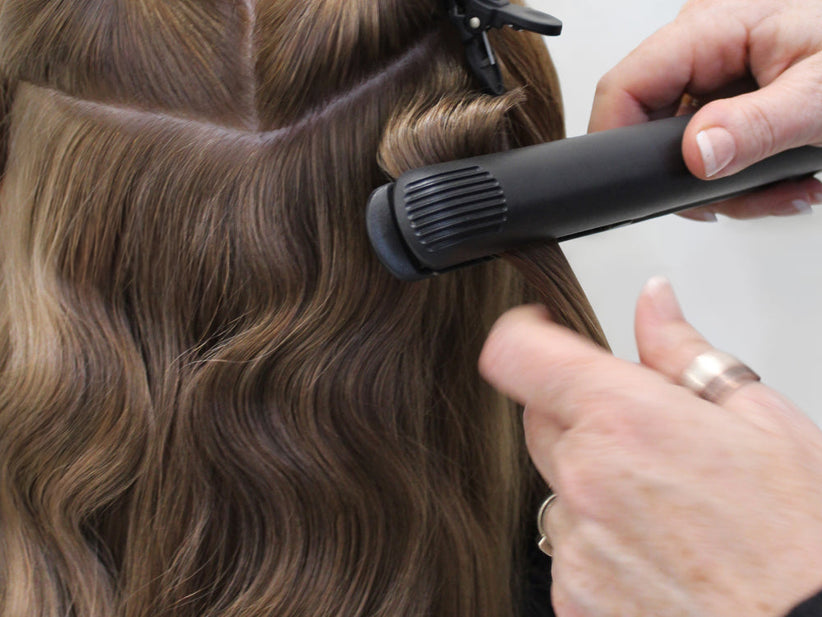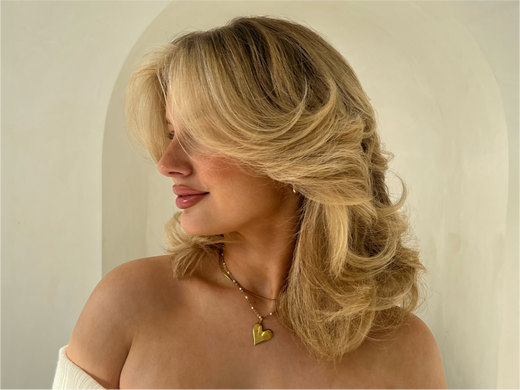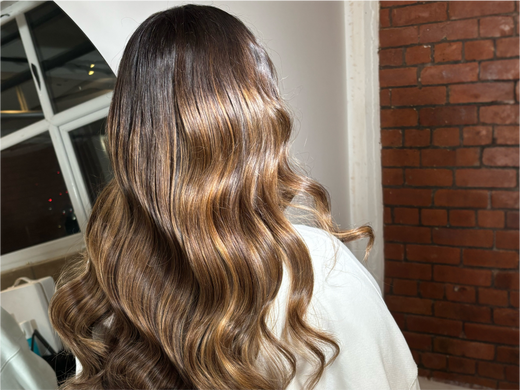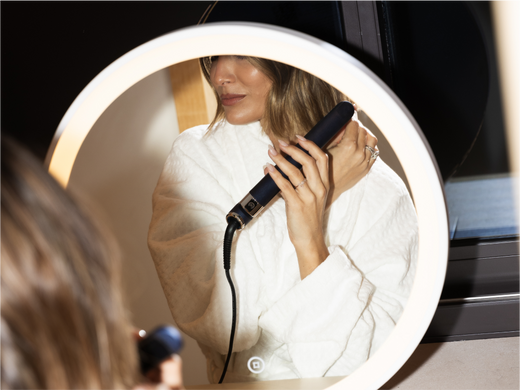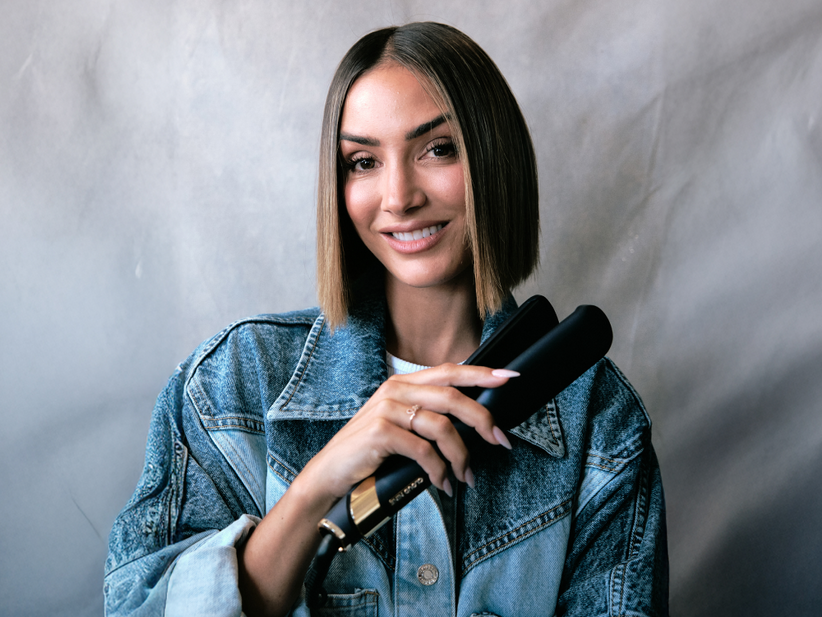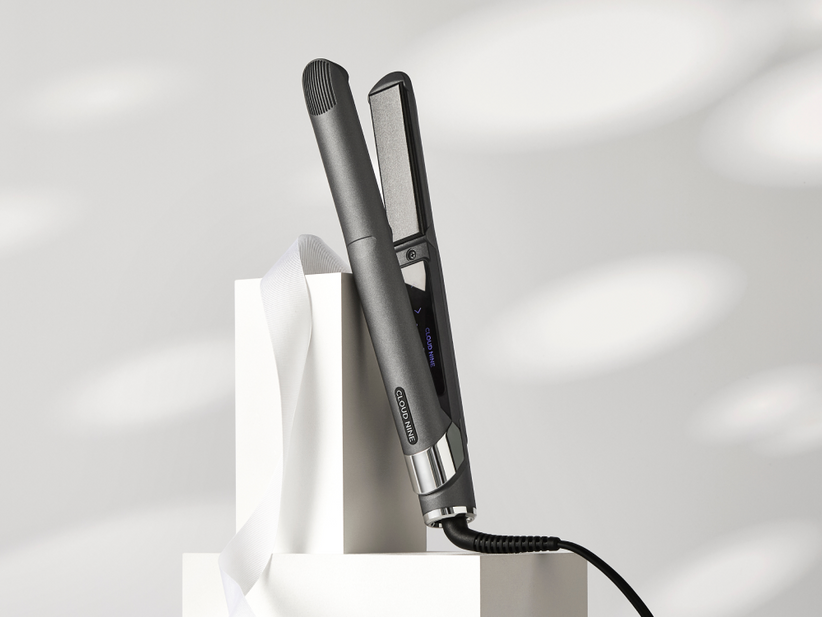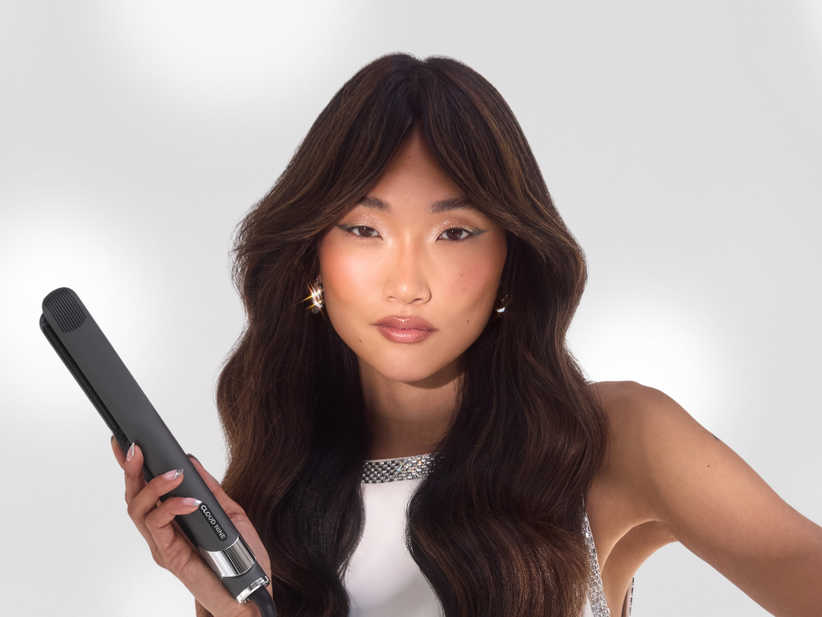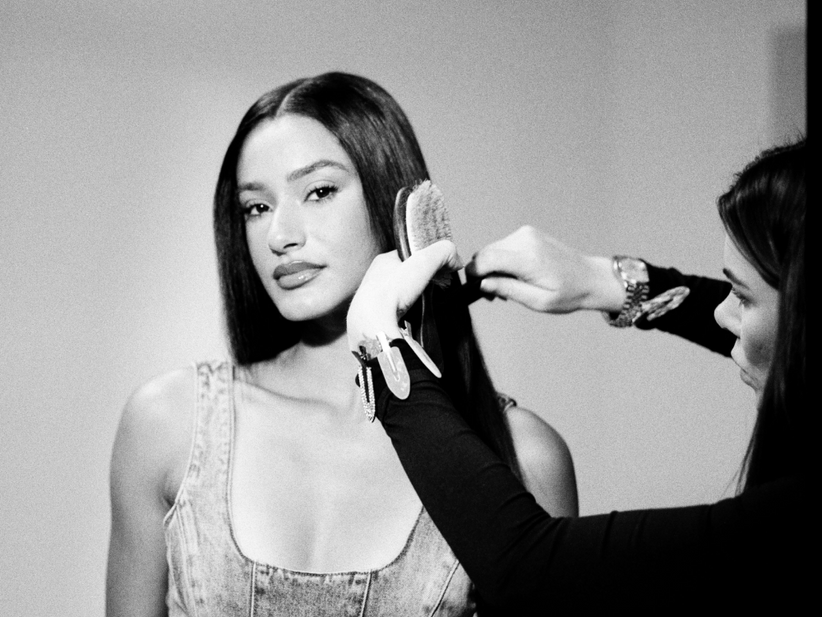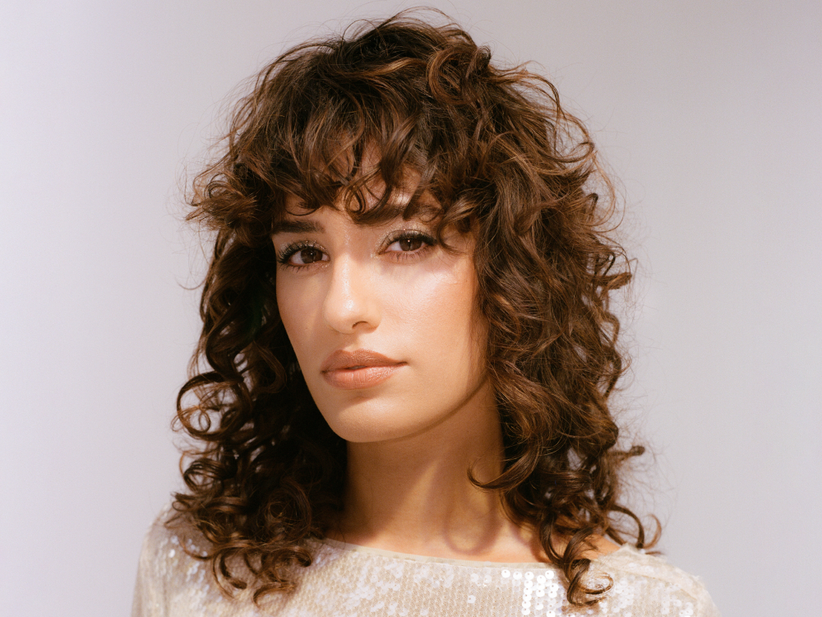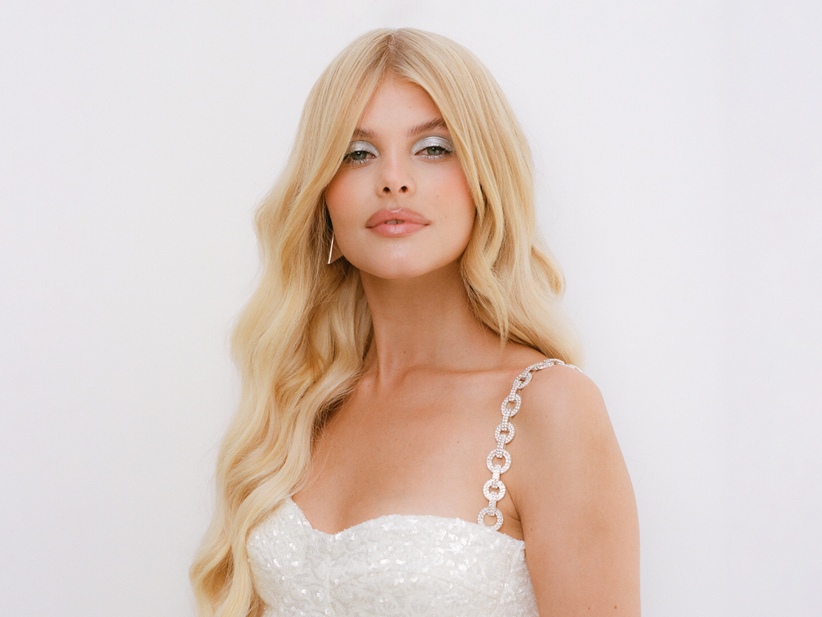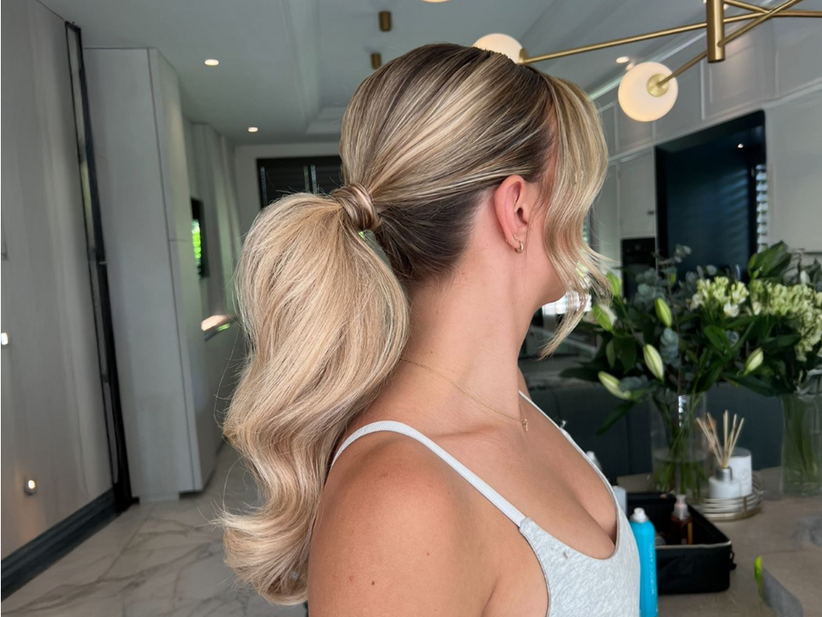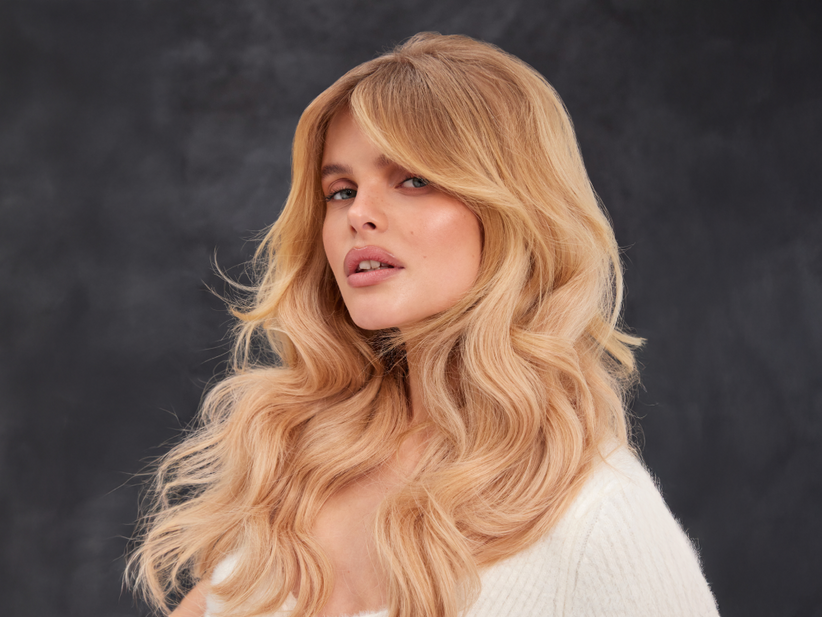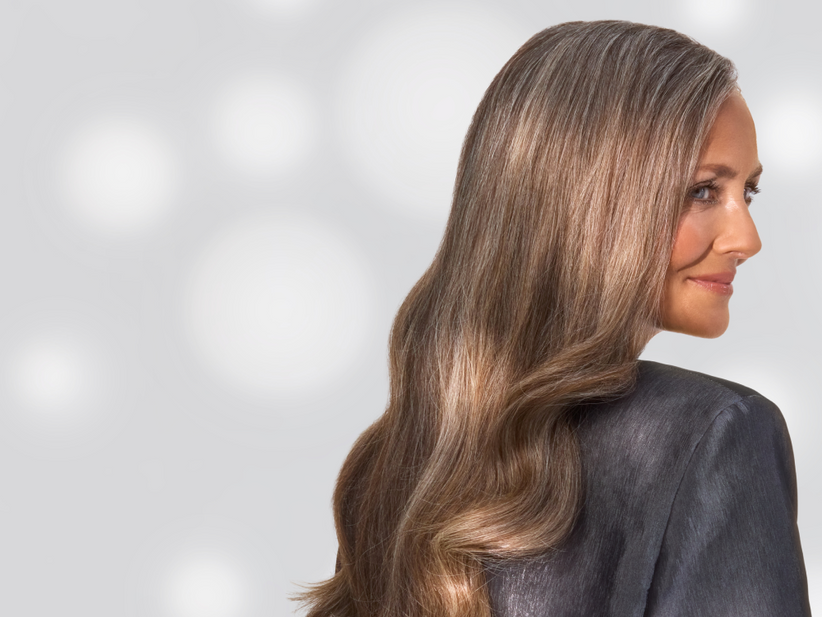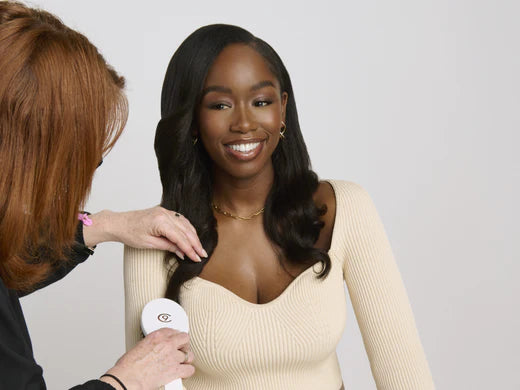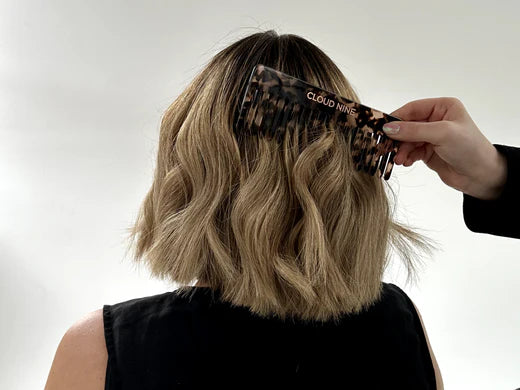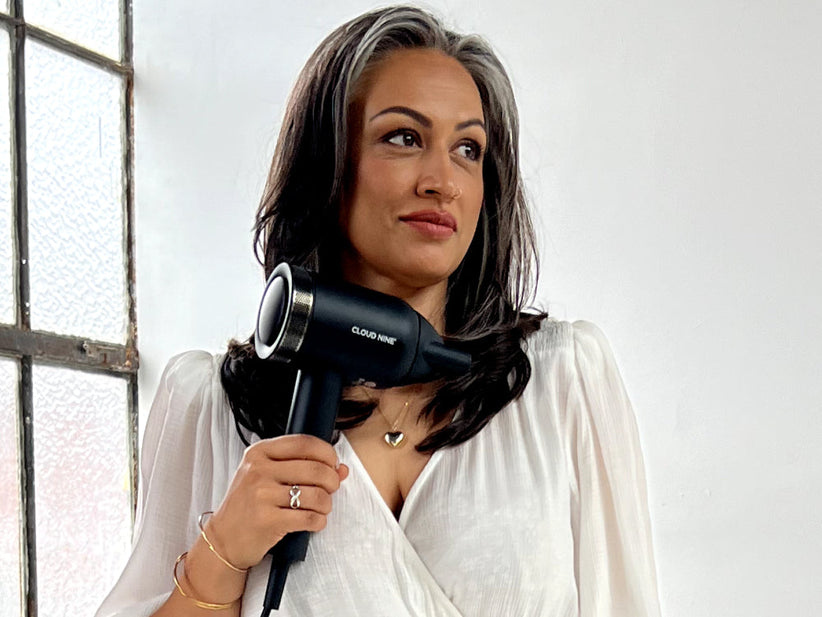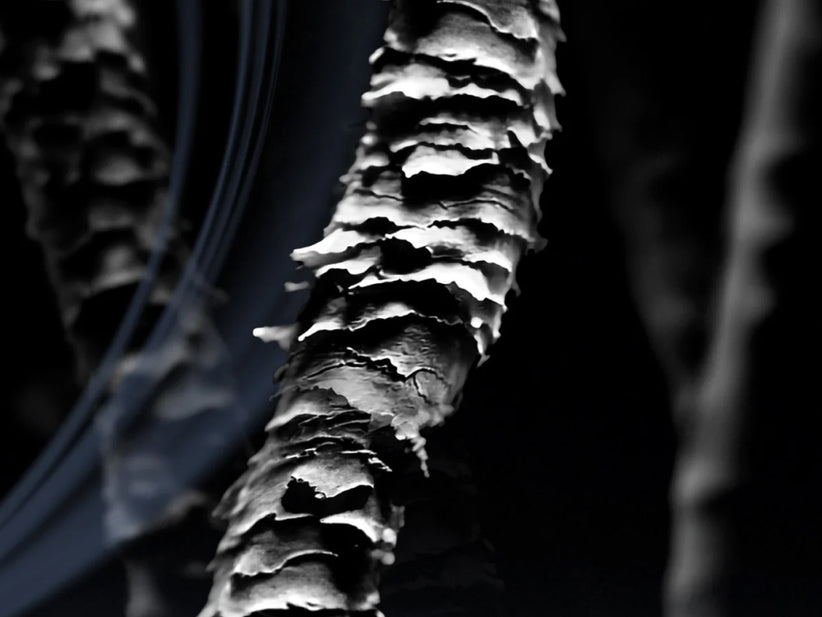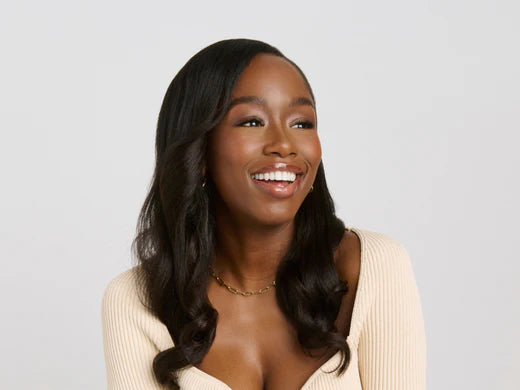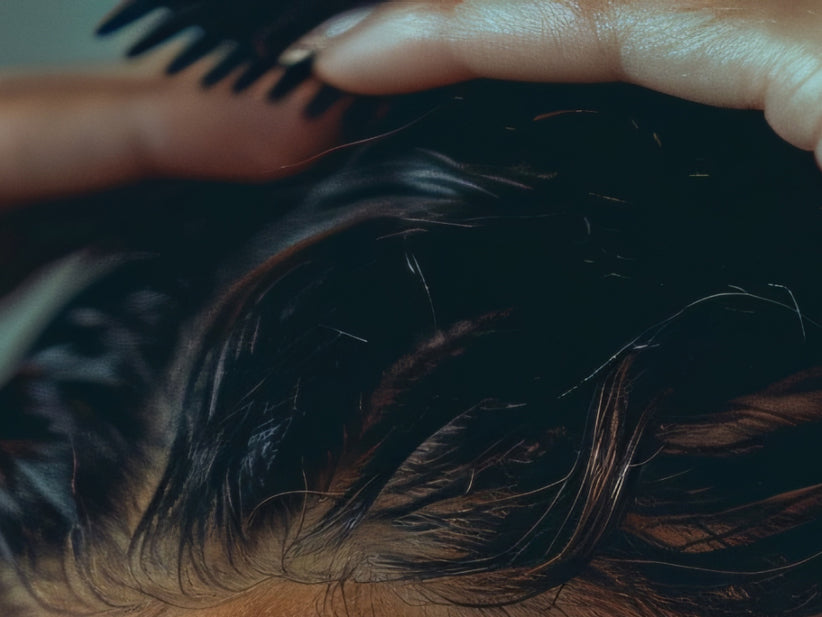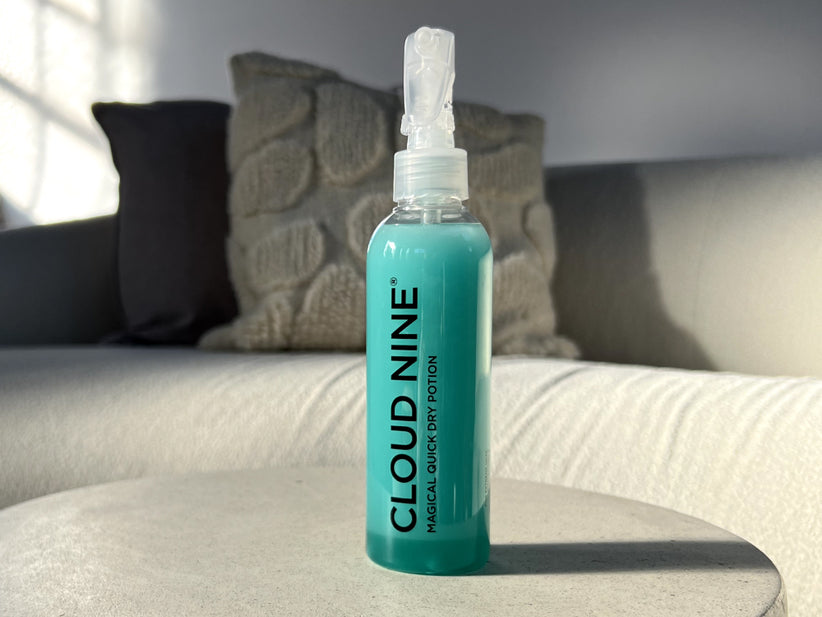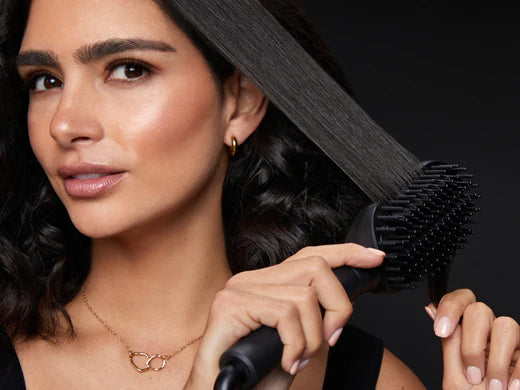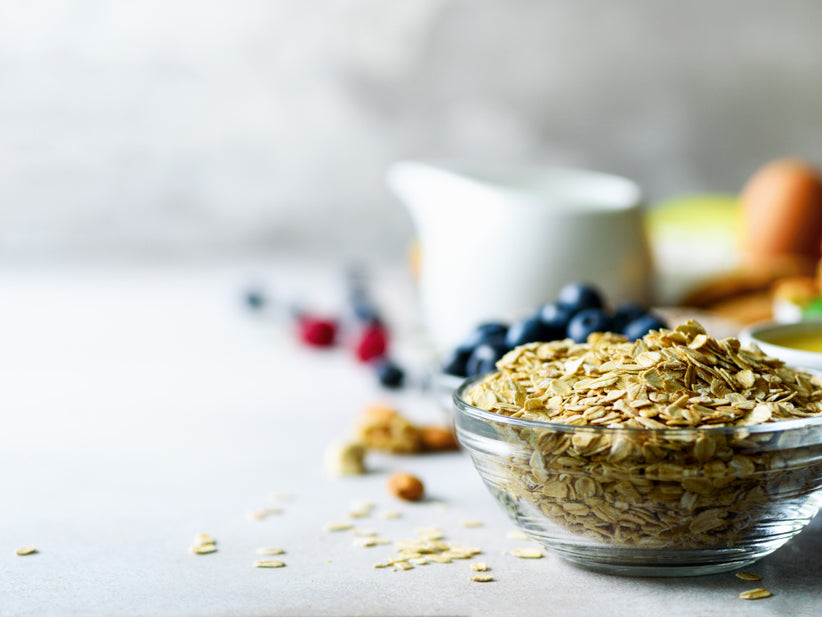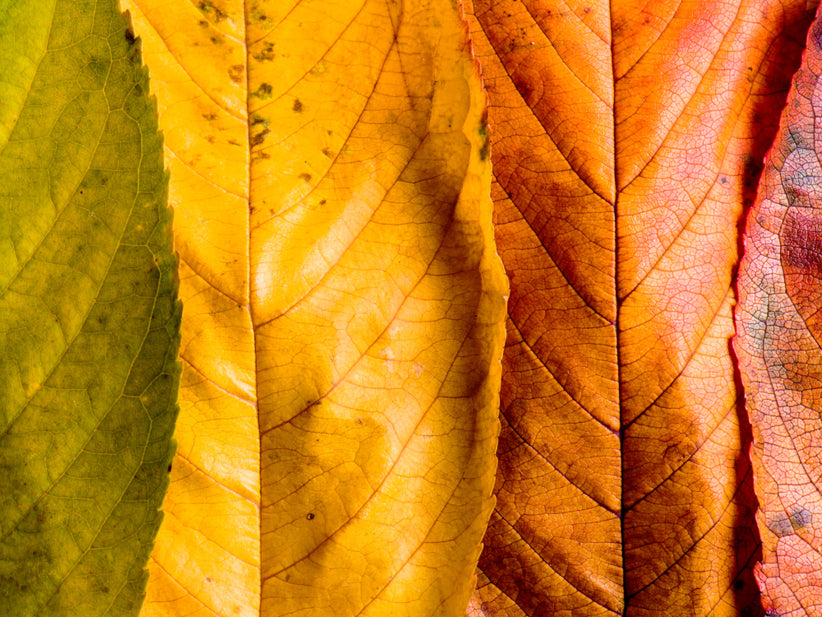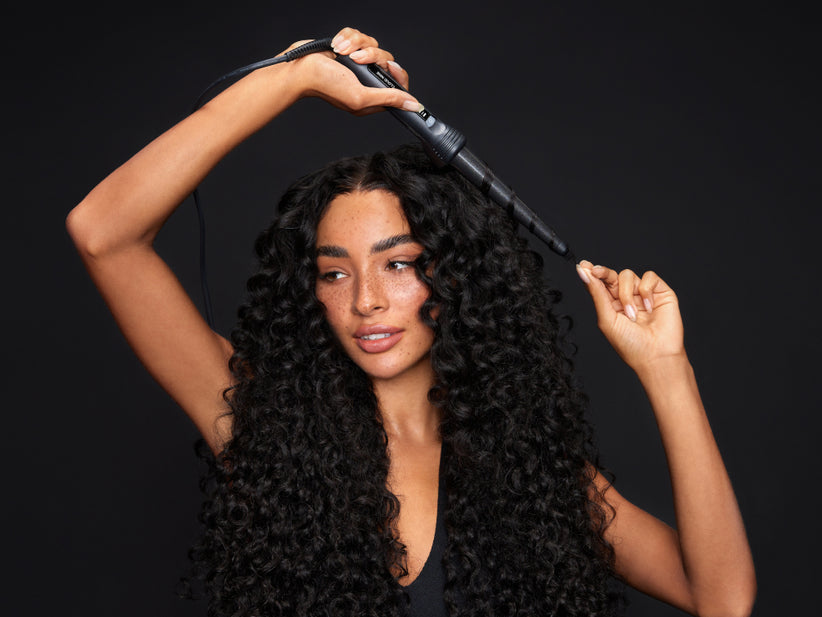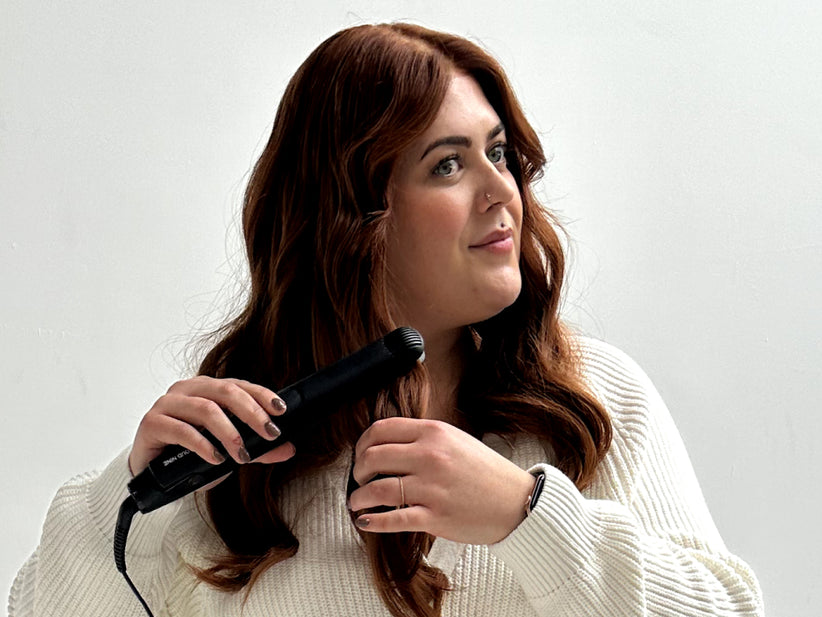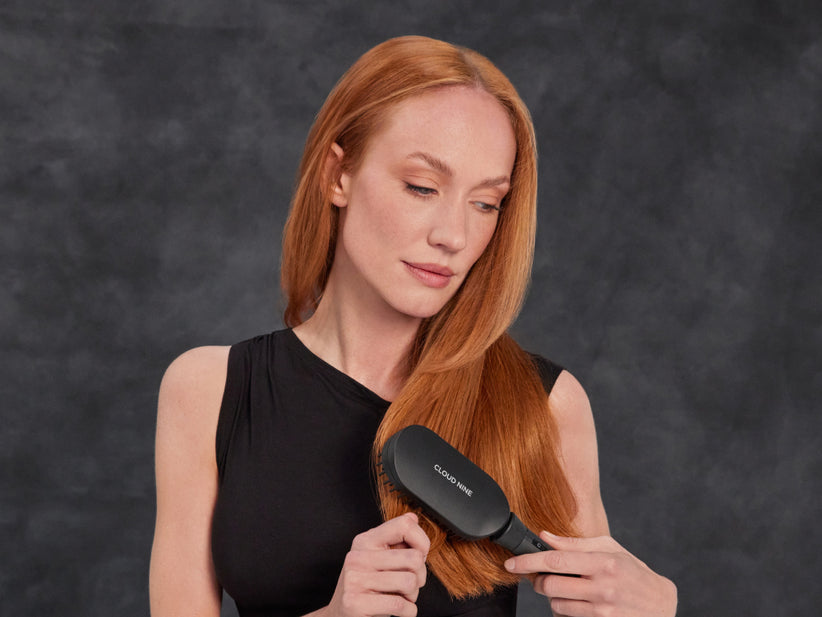Unless you live in the Northern Territory, or you’re lucky enough to jet off on holiday every time the weather takes a chilly turn, you’ll probably be all-to-familiar with the impact of cold weather on your hair. From dryness, brittleness, and split ends to the dreaded winter frizz, you’re by no means alone in the static hair struggle.
Cold weather can really mess with our hair. We're always moving from inside and outside, and our hair has to deal with the double whammy of central heating indoors, plus the wind and rain outside. Whether it’s a brisk walk with friends in the chilly wind, hiking the Grampians in autumn drizzle, or trekking up the Snowies in winter, these quick changes can really impact our hair.
KEEPING YOUR LOCKS LUSCIOUS IN COLD WEATHER: KEY TAKEAWAYS
- Knowledge is power. Being aware of how cold weather impacts our hair health plays a key role in knowing how to adjust your routine accordingly.
- Stick to the basics. Protecting your hair from the harsh winter elements doesn’t need to be complicated. With our simple care tips, you can get well ahead of the hair health game.
- Change it up. Seasonal changes require a different haircare routine – including products used, frequency of washes, and even styling techniques.
- Scalp care is the new self-care. You’ve heard of looking after your gut microbiome for a healthy body, but what about your scalp microbiome? When it comes to achieving more resilient, winter-proof locks, scalp care is the best place to start.
- Eat good to feel good. The colder months are the perfect chance to cook more seasonal recipes using whole food ingredients that your hair will love you for.
UNDERSTANDING THE EFFECTS OF COLD WEATHER ON HAIR
How does cold weather affect hair and scalp?
Similar to how our bodies tense up in a cold-water dip, chilly temperatures can cause our hair follicles to lift. This stops moisture from being locked into the hair shaft, leading to damaged hair follicles and a dry, sensitive scalp.
What are the common winter hair problems?
Dryness, brittle strands, breakages, split ends, and frizziness are all symptoms you might notice as a result of cold weather hair. This is all down to a lack of moisture in the air – which is why switching up your hair care routine is key.
What is seasonal shedding?
Hair fallout in the winter is more common than you might think. With cold weather combined with indoor heating, drier hair can lead to hair loss. Read our guide to seasonal shedding for more information.
Does cold weather make hair grow faster?
Cold weather can cause hair growth to slow down because of an increase in dehydration and a decrease in blood flow to the scalp. This means the scalp doesn’t get the dose of nutrients it needs to thrive, which can result in slower hair growth.
1. HYDRATE REGULARLY
We talked a lot about the importance of hair hydration as part of our 9-Day Hair Revival. Maintaining well-hydrated hair is key for stimulating hair growth, boosting collagen production, and increasing blood flow to hair follicles – which all helps to create gleaming hair.
But before jumping in the shower and considering the job done, it’s important to look at your haircare routine as a whole. From the quality of products you use and the frequency of washes right through to the nitty gritty of water temperatures, there’s a lot to consider when it comes to quenching your hair’s thirst.
As you may have guessed, hydrating shampoos and conditioners should be your new BFF come the colder months. To maximise the benefits, always apply your conditioner after squeezing excess water post-shampooing to allow the hydrating ingredients to do their thing.
And if you want to go all out, it could be worth investing in a humidifier for your home. While it might not sound like the most glamorous of purchases, these gadgets are a beauty-boosting saviour. That’s because when we turn up the central heating, we’re essentially drying the air out which can then ‘suck’ the moisture from our hair. Humidifiers add this moisture back into the air, without requiring you to do a single thing.
2. PROTECT YOUR HAIR FROM THE ELEMENTS
Just like seasonal changes call for a wardrobe overhaul, our haircare routine also needs switching up. Focusing on ways to protect it from extreme conditions is key for keeping dryness and breakages at bay.
- Wear hats and scarves: Not just a cute seasonal accessory, hats and scarves can help to protect your hair from humidity or excess cold.
- Treat yourself to a silk cap: Synthetic materials such as acrylic or polyester can lead to hair friction, so try to look for hats with a silk or satin lining. If not, you can wear a silk cap underneath.
- Avoid stepping out with wet hair: Air drying might be a hot trend in the balmy months but maybe not in the winter. We advise blow drying before leaving the house, as wet hair can easily freeze and break in cold conditions.
- Wash curly hair the night before: If you’re blessed with curls, you may find it can take hours for your hair to fully dry. You can easily dodge dehydration and damage by hair washing at night instead of the morning. Bonus points if you can diffuse your curls with a hair dryer and diffuser attachment like our Airshot Pro before climbing into bed.
- Say ‘goodbye’ to hat hair: Just because the weather is feeling flat, this doesn’t mean your hair has to be. Use an anti-frizz mist for maintaining volume, and use moisturising products to nurture your hair from root to tip.
3. ADJUST YOUR HAIR WASHING ROUTINE
Just in case you were struggling to find any plus sides to your new winter hair care routine, perhaps this tip will help: you don’t need to wash your hair quite as often.
While this depends entirely on your hair type and overall lifestyle (like how exposed you are to pollutants, or whether you’re a frequent gym goer), you can look to extend your hair wash days in winter. This limits hair breakage and minimises dry, straw-like strands.
Despite the icy temperatures, try to resist the urge to dial up the temperature of the shower. Sticking to lukewarm water can help to seal the cuticles and lock in your hair’s natural oils. You can always warm yourself up with a hot bath first so you’re not missing out on that soothing soak.
4. DEEP CONDITION YOUR HAIR
Another part of the winter hair care routine to embrace is having the perfect excuse to slow down and enjoy a weekly deep conditioning treatment. Harsh weather conditions combined with less exposure to sunlight can make you and your hair feel a little down. So lean into the seasonal changes and the self-care that comes with them.
The CLOUD NINE Magical Remedy can be used as a super nourishing leave-in conditioner or hair mask. It's designed to repair, strengthen, and protect your thirsty hair – all while sealing up split ends.
5. USE LOW HEAT STYLING
When you turn up the temperature on your heated styling products (anywhere above 150°C), you’re basically adding fuel to the fire. That’s because heat styling changes the shape of the keratin strands – and in return damages your already struggling winter hair. It can also strip your strands of their natural oils, disrupt the protective layers and create a perfect environment for split ends to occur.
All CLOUD NINE straighteners and wands have a handy Variable Temperature Control to help you stay in control of your hair health. If you’re unsure what the optimum temperature is for your hair type, check out the Temperature Calculator.
Just be extra cautious of the temperature (you’d be amazed how little heat you need) and make sure your heated styling tool is of the highest, hair-loving quality. Which straighteners are best for you?
There’s also a whole host of ways you can style your hair without using heated styling tools. Try low manipulation styles like the fishtail braid, messy bun, 90s claw clip, loose ponytail or half-up half-down look.
Drying hair in water calls for a healthy spritz of heat protectant like our Magical Potion before using a hairdryer or diffuser on a low heat. That way, you’re preventing potential damage from both angles. The CLOUD NINE Airshot Pro hair dryer puts the power in your hands when choosing the right temperature for your hair.
6. GO FOR REGULAR TRIMS
Committing to regular trims is key for preventing split ends and ensuring your hair is shiny and in optimum condition, even on the dullest of winter days.
7. CARE FOR YOUR SCALP
A healthy scalp is vital for nurturing an environment where your hair can flourish to its fullest potential.
Why it’s time to start caring your for scalp:
- Promotes hair growth: Since your scalp and hair share the same follicles, it makes sense the scalp needs an equal amount of TLC when trying to grow your hair.
- Removes product buildup: Overuse of products, wearing hats, touching your hair too much… These can all lead to excess product in your hair. When you cleanse your scalp, you’re also ridding the hair of nasty residue.
- Reduces uncomfortable itching: If you’re experiencing an itchy scalp, it could be because your scalp can’t breathe. A scalp exfoliation can remove dead skin cells and relieve discomfort for good.
- Allows for healthy sebum levels: You need to strike the balance of oil production to achieve gleaming locks. Scalp care balances the microbiome to ensure you feel unstoppable between each hair wash.
You don’t have to visit your salon for scalp treatments – most scalp care products can be used at home. From DIY scalp-soothing masks and scalp tonics right through to using SPF and clarifying shampoos, there’s endless ways to take care of your scalp.
Learn more about how to care for your scalp.
8. DIET AND NUTRITION
When you nourish your body with an abundance of nutrient rich foods, your hair will reap the benefits just as much as your skin, mood, and overall energy levels.
It’s easy to underestimate the power of keeping hydrated – the Australian dietary guidelines recommend we drink around 8 cups of water per day. To help hit your target, you could drink sparkling water, smoothies and fruit teas as well as the usual tap water.
Wintertime offers some of the best hair-loving foods, including root veg like sweet potatoes and carrots and iron-rich dark leafy greens. Pair those with healthy fats and protein (any excuse for leftover chicken), and you’re good to glow.
You could even try making a warming, healthy hot chocolate using raw cacao. This delicious superfood has been hailed for its high mineral content which can contribute to healthy hair growth.
Check out our guide on how to nourish your hair from the inside out.
9. CARE FOR YOUR HAIR OVERNIGHT
If you consider yourself low maintenance when it comes to hair, you’re in luck. You can take care of your winter locks with your eyes closed. Literally.
The best way to avoid hair friction against a porous cotton pillow (a common culprit of hair damage) is to switch to satin or silk pillowcases. These promote smoother hair, reducing frizz while increasing moisture retention.
You can also reach for an overnight hair mask for an intensively moisturising treatment like our Magical Remedy, or sleep in braids to create a heat-free crimp in your hair.
SOLUTIONS FOR COLD WEATHER HAIR ISSUES
Dry hair
Most of us experience dry hair in the colder months, so try these tips to help boost your hair’s moisture when it’s cold outside:
- Avoid over washing your hair, as this can strip away its natural oils. Why not have fun trying new heat-free hairstyles in between washes instead?
- Use a weekly hair mask and enjoy the relaxing process that comes with it.
- Get your hair trimmed regularly. Those split ends won’t go away by themselves.
Frizzy hair
To help prevent your hair from going frizzy in winter, try using deeply moisturising hair products (think oils, serums, and creams like our Magical Remedy), try following these simple tips:
- Keep the heat low when using heat-styling tools, Use our Temperature Calculator to check which heat setting is ideal for your hair type.
- Wash your hair using lukewarm) water. This will help to lock in the moisture to calm the winter frizz.
- Be gentle when towel-drying your hair. Your hair is delicate, so vigorous towel-drying not only amps up the frizz, it can also cause easily avoidable hair damage.
Brittle hair
If you’ve noticed your hair becoming brittle in cold weather, follow these tips to help minimise them:
- Break out your favourite winter hat to protect your hair from the harsh climate (just be sure to line it with a silk cap to avoid any friction).
- Use a moisturising conditioner. Take time to really work the product into the ends of your hair and let it work its magic for a few minutes before rinsing.
- Eat a diverse diet of colourful, seasonal foods to feed your hair with essential vitamins and minerals. Check out our guide to nutrition for more ideas on how to nourish your hair from the inside out.
Static hair
- Switch to a satin or silk pillowcase to reduce friction while sleeping.
- Spritz plenty of leave-in hair treatments that nourish your hair throughout the day, such as conditioners or serums. Our Magical Remedy can work wonders for static hair – just apply a small amount to dry hair to keep those flyaways down.
- Choose heat styling products designed to work with your hair – not against it.
Flat hair
- Make sure you’re keeping your hair clean by maintaining a regular hair wash routine. A silicone-free, clarifying shampoo and conditioner will help to lift grease from the scalp.
- Assess your current hair products and make sure they’re not too heavy for your hair. A lightweight serum or mousse will give you body without the buildup.
- Keep your hair hydrated. Healthy hair starts with a hydrated body, so just keep sipping water throughout the day
Split ends
- Use a wide-tooth comb to gently work through your hair when wet. Avoid using a brush to detangle your wet hair, as this is when your hair is most fragile.
- Book your next haircut before you leave the salon, so that you’re already committed to the next trim.
- Embrace low-heat hair styling. Have fun experimenting with protective hairstyles, such as loose braids or a chic Parisian bun.
Now you’re equipped with all the knowledge you need to give your locks that extra bit of TLC this winter, it’s time to put it into practice. From switching to silk hair products and embracing the seasonal foods right through to switching up your hair wash routine and using overnight treatments to your advantage, it’s safe to say there’s plenty to be done for protecting your hair – snow or shine.
COLD WEATHER HAIR: FREQUENTLY ASKED QUESTIONS
Does cold weather damage hair?
Cold weather can have a negative impact on the hair. The lack of moisture in the air, cold temperatures, and central heating can all lead to brittleness and breakages.
How often should you wash your hair in winter?
To minimise dryness, you can afford to extend the gap between hair washes in the winter. Every hair type is different and there’s no one size fits all answer, so try adjusting your own routine. For example, if you currently wash it every five days, try reducing it down to every three days and see how you get on.
How can I protect my hair from cold weather?
From wearing a winter hat (preferably silk or satin lined), winding down with a weekly hair conditioning mask and investing in a humidifier right through to eating more colourful foods – it is very possible to protect your hair from the harsh winter elements.
We’d love to hear from you on our socials. Head to TikTok, Instagram or Facebook for more tips on how to keep your hair healthy – and stylish – even during cold weather.


.jpg?v=1724142040589)


.jpg?v=1724140515432)

